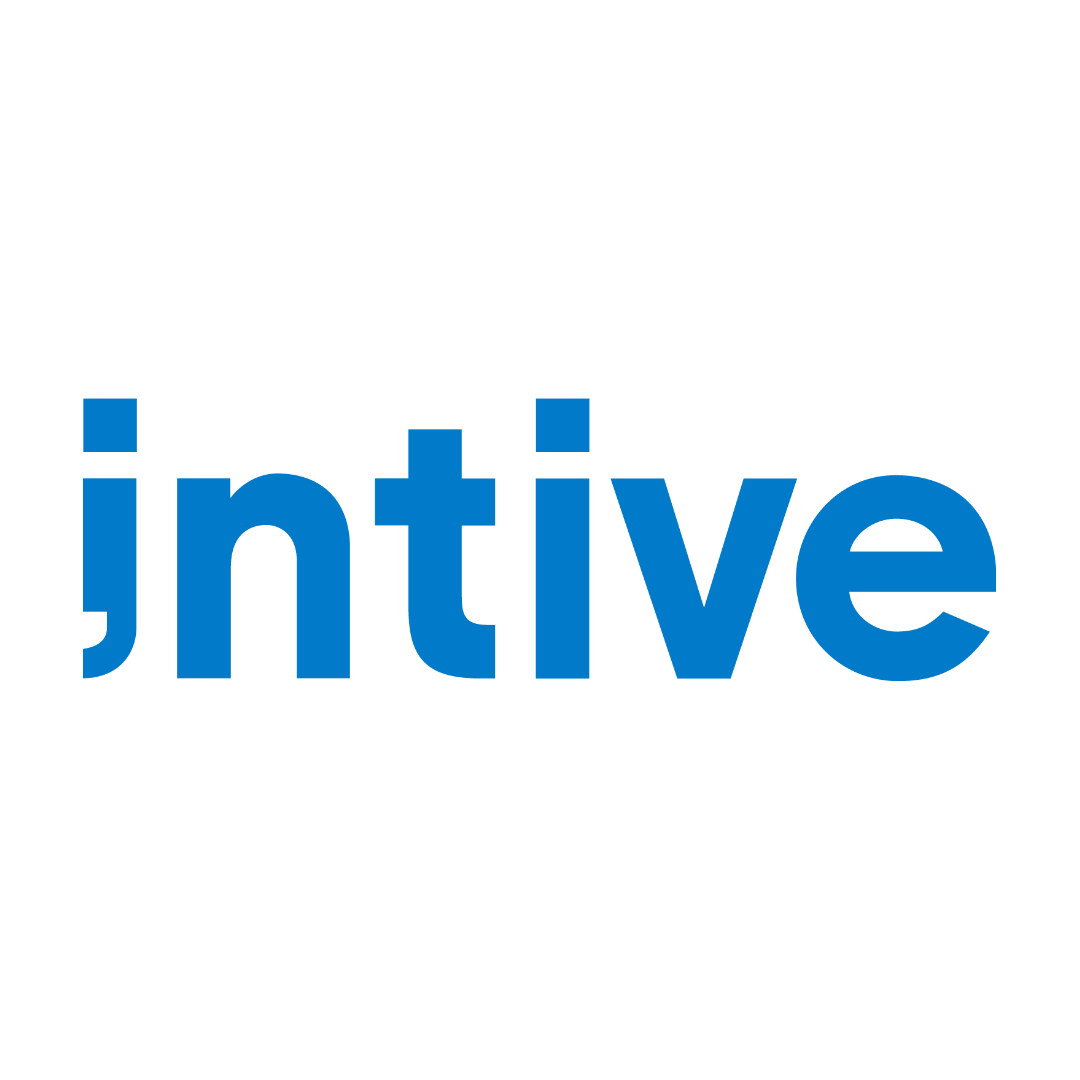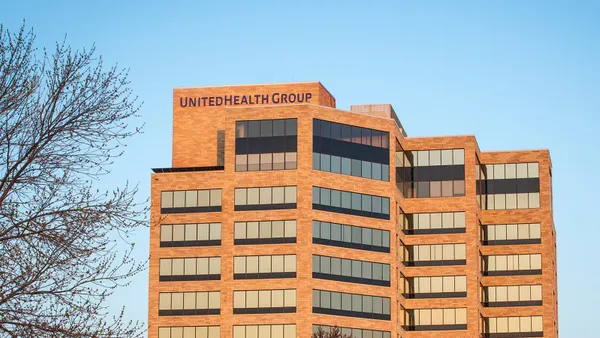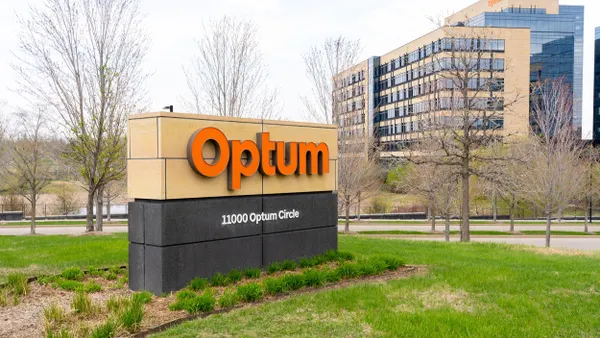Dive Brief:
- Elevance posted mixed results for the first quarter but reaffirmed its 2025 earnings outlook, solidifying guidance it published early to pacify investors after UnitedHealth posted dismal results last week, leading to a selloff of health insurer stocks.
- UnitedHealth’s results were driven by unexpectedly high medical spending on Medicare Advantage members, a trend that Elevance on Tuesday said it had observed but wasn’t any more drastic than expected.
- Overall, Elevance beat Wall Street expectations in the quarter with revenue of $48.9 billion, up almost 15% year over year, in part due to the higher premiums it’s charging customers this year in a bid to resuscitate insurance margins. The insurer posted profit of $2.2 billion, down 3% year over year. Elevance’s stock was up slightly in morning trading following the results.
Dive Insight:
During a Tuesday call, investors peppered Elevance with questions about utilization after UnitedHealth, the first insurer to report financial results each earnings season, said that MA care activity grew at twice the rate that it had expected.
Despite recent growth, MA is a smaller book of business for Elevance than some of its peers — the 2.3 million seniors in its privatized Medicare plans comprise just 5% of the payer’s medical membership. Elevance did see higher costs in the first quarter, but premium hikes covered the trend, executives said. Still, the insurer plans to approach the rest of 2025 cautiously given the ongoing volatility.
“Based on a number of questions on our expectations, I guess I would say we came into the year very respectful of the environment and had planned — and are seeing — an elevated season but feel that we’ve accounted for that, and feel quite frankly that we’re going to continue to monitor the situation,” CEO Gail Boudreaux said on the call.
Elevance is tracking claims, prior authorization and provider data closely to catch any emerging trends, and is maintaining a “prudent” outlook for 2025, given the early stage of the year, CFO Mark Kaye added.
“But based on the most recent data review conducted by our team, we remain comfortable with the trend environment and the cost trajectory we see here to date,” Kaye said.
The results “are not surprising” given Elevance preannounced its results last Thursday, but “are surprising in light of trends in the market,” Jefferies analyst David Windley wrote in a note. The relative stability of Elevance’s health benefits business could be due to generous Medicaid rate updates, Windley said.
Elevance executives did say that the insurer is making progress on getting states to hike their payment rates in the safety-net program. The payer is seeking to ameliorate another challenge that walloped insurers last year after states, following a pause during the coronavirus pandemic, began rechecking Medicaid eligibility. Millions of Americans were removed from Medicaid as a result, shaking up insurers’ risk pools and in many cases leaving them saddled with more expensive patient populations.
Rate renewals in January and April “reflect progress,” said Felicia Norwood, who runs Elevance’s Medicare and Medicaid businesses, on the call. Discussions about upcoming renewals in July, which account for one-third of Elevance’s Medicaid business, are underway, but “it’s far too soon to comment around where we are,” she said.
Elevance is the second-largest Medicaid managed care organization and has contracts with more than two dozen states.
The insurer has also been focusing on growing its ACA coverage, and expanded into three new states — Florida, Maryland and Texas — this year in a bid to capture enrollees headed to the exchanges after losing Medicaid. The insurer ended the quarter with almost 5.1 million ACA members, up from 5 million at the end of 2024.
Still, Elevance’s member effectuation rates — the proportion of members who have actually paid premiums after enrolling in coverage — are “tracking a little bit lighter” than its expectations, Kaye said.
“This is really due in part to a surge in passive renewals among people transitioning from Medicaid” and, given a grace period for those members to remain on ACA coverage has now ended, “we do project membership attrition in the mid-single-digit percent range” in the second quarter, the CFO said.
Overall, Elevance ended the quarter with 45.8 million members, up 99,000 from the end of 2024. Its health benefits division reported operating revenue of $41.4 billion, up 11% year over year, and operating profit of $2.2 billion, down 4% year over year.
Executives also said they were pleased with momentum in Elevance’s health services division Carelon, which posted revenue of $16.7 billion, up 38% year over year. The growth was bolstered by Elevance’s acquisition of home health company CareBridge, which was completed in the fourth quarter.
Carelon brought in operating income of $1.1 billion, up 34% year over year.













